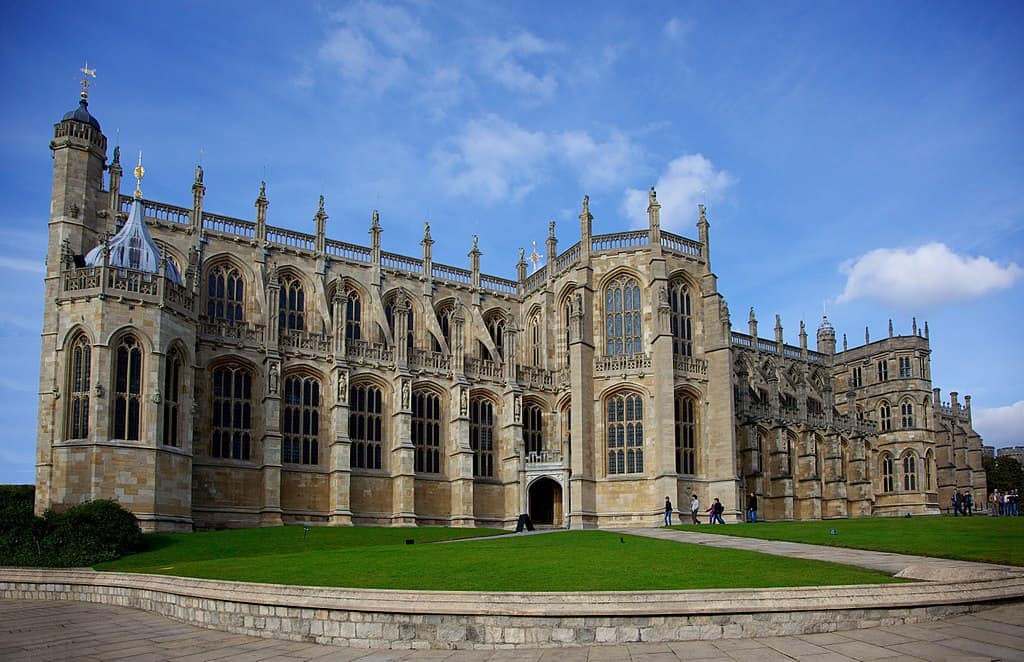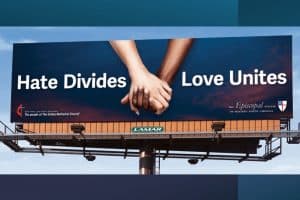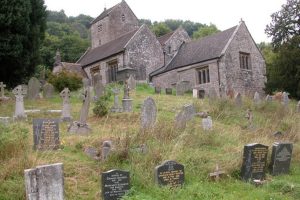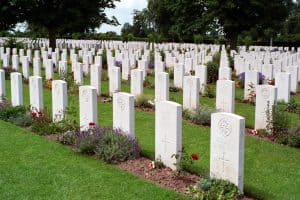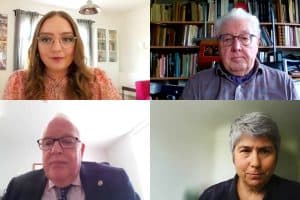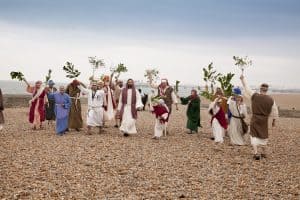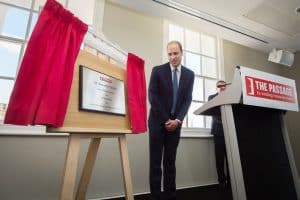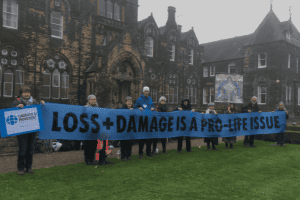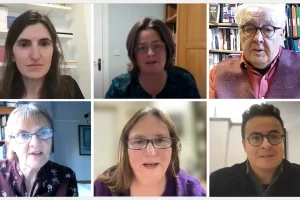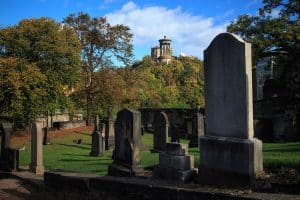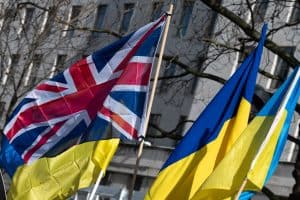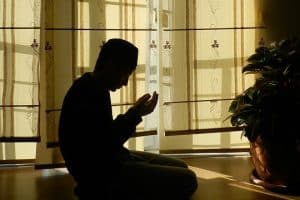by Catherine Pepinster
What is a committal?
A committal is a Christian religious service that precedes a burial. It follows a funeral and can be held immediately afterwards but in the case of Elizabeth II there will be a gap between the funeral at Westminster Abbey and the committal and burial, to allow for a procession through London and then transport to Windsor.
Why was the funeral at Westminster Abbey and the committal at Windsor?
Funerals of monarchs were always held at Westminster Abbey until the death of George III, who was the first to have his funeral at Windsor. A chief reason for the move to Windsor was that Westminster Abbey ran out of royal burial space. Queen Elizabeth’s funeral is being held there because it is such a huge state occasion, with leaders coming from all over the world. Speed of transport, her longevity and popularity has meant this funeral is such a major occasion. The committal is at Windsor as she will be buried in St George’s Chapel with her parents, George VI and Queen Elizabeth, and with the remains of her sister Princess Margaret, who was cremated.
What about her husband, Prince Philip, who died last year?
His coffin has been kept in a vault since he died in April 2021. The service at Windsor will see the Queen’s coffin lowered into the vault as well. Later in the day the two coffins will be moved and the Duke of Edinburgh and the Queen will be buried side by side and alongside her parents and sister.
Why isn’t the Archbishop of Canterbury officiating at the committal?
It is tradition for the dean of a church, abbey or cathedral to lead a service. Just as the Dean of Westminster is officiating at the funeral, so the Dean of Windsor, David Conner, will officiate at Windsor. The dean was well known to the Queen, as deans of Windsor always provide the monarch with pastoral and spiritual support.
The Archbishop of Canterbury, Justin Welby, will give the blessing at the committal.
Who is attending?
As well as the clergy, the King and members of the royal family will attend, and governors general and prime ministers of the Queen’s realms. There will also be members of her household — people who served her for many years. The burial later in the day is only for family members.
THE SERVICE
Psalm 121
The choir will sing this psalm, from the Book of Psalms, the book of Hebrew hymns that forms part of the Jewish scriptures and the Christian Bible. It is set to music by Sir Henry Walford Davies, who was organist and director of music of St George’s Chapel in the first years of Queen Elizabeth’s life.
Russian Kontakion of the Departed
These are prayers for the dead from the Orthodox Church set to the Kiev Melody, arranged by Sir Walter Parratt. The very same piece was sung at the funeral of Prince Philip in April 2021, thought to have been chosen because of his links to Greek Orthodoxy, through his mother, and the British monarchy’s links to the murdered last Tsar and his family — they were cousins. Some lines from the Kontakion were also used in John Tavener’s Song for Athene, used at Princess Diana’s funeral in 1997.
The royal family have an historic love of this prayer; they asked for it to be said at the funeral of Queen Victoria but Church of England clerics blocked it, saying it reflected intercessionary praying for the dead, which was too Orthodox and too Catholic. That it is being used now shows how much more ecumenical Christians are today.
The bidding
As with the bidding at Westminster Abbey, the bidding sets out why the service is taking place and reflects the Christian hope of eternal life. This bidding is also much more personal, about the relationship between the Queen and her family, reflecting the more intimate tone of the committal service.
Hymn: All My Hope On God Is Founded
Another of the Queen’s favourites — she was a great lover of hymns and a keen viewer of Songs of Praise — and reflects her hope in God and her sense of calling to be a disciple of Jesus.
The Reading
From the Book of Revelation, the last book of the New Testament. The book is full of prophesies and startling imagery, used to convey the second coming of Christ. It emphasises that God renews the earth and is the starting point and the end for all life.
It is read by the Dean of Windsor, who is officiating at the service, but also reads it in his capacity as register of the Order of the Garter — the order’s chief officer. The Order of the Garter is the most senior ancient chivalric order of Britain, founded by Edward III at Windsor in 1348. The monarch is always Sovereign of the Order and it has 24 other members, plus the Prince of Wales. It is based at St George’s Chapel and dedicated to St George, patron saint of England. The annual gathering of Garter Day is held on the feast of St George on April 23. Its motto, honi soit qui mal y pense, means “Shame on him who thinks evil of it”.
Prayers
The prayers are read by the clergy from the churches where the Queen worshipped throughout her life at Sandringham, Crathie Kirk, near Balmoral, and the chapel in Windsor Great Park.
They include “O Lord, support us all the day long of this troublous life” — a prayer attributed to Cardinal John Henry Newman, the Anglican priest who converted to Roman Catholicism, scandalising Victorian Britain by leaving the Church of England for Rome. He became a saint during the Queen’s reign, in 2019, in a canonisation ceremony attended by King Charles. Newman was also beatified — the first stage of canonisation – by Pope Benedict XVI during a state visit to Britain, when he met Elizabeth II. The prayer’s inclusion is another sign of improved ecumenical relations, always encouraged by Queen Elizabeth.
The Lord’s Prayer
The most important and popular of Christian prayers, based on the words of Jesus, as written down in the Bible
Motet
Another poem by John Donne, whose words are also used in the state funeral.
The music is by Sir William Henry Harris, another former organist of St George’s Chapel, who also taught Queen Elizabeth and her sister Princess Margaret to play the piano. Other music by Harris was used at the Queen Mother’s and Prince Philip’s funeral.
Presentation
The Imperial State Crown, the sceptre and orb will then be removed from the coffin and placed on the altar. The crown denotes majesty and the link between the monarchy and the state. It is worn at state openings of parliament and also worn for part of the coronation in 1953 but not for the crowning — that was the St Edward’s Crown. The sceptre denotes justice and mercy and the orb, with its cross on the top, the world as the dominion of Christ, with all kings and queens subject to him.
These three items, after the committal, will be taken back to the Tower of London, where they will be kept until they are used in the coronation of King Charles III.
Hymn: Christ Is Made The Sure Foundation
Christ is made the sure foundation has words translated by John M Neale, a Victorian clergyman and translator who also wrote the Christmas carol Good King Wenceslas. Another hymn reflecting the Queen’s trust in God.
Flag and wand
The Queen’s Company camp colour of the Grenadier Guards is placed on the coffin by the King. It was laid beside the coffin during the lying in state in Westminster Hall.
The Lord Chamberlain, Andrew Parker, Baron of Minsmere, the most senior officer of the Royal Household, breaks his wand — a sign of his office — and the break shows the reign of Elizabeth II is done. Baron Minsmere joined the Royal Household in April 2021 and one of his first duties was to help organise the funeral of Prince Philip.
The flag and wand will remain on the coffin as it is lowered into the vault.
Committal
This is the key moment of the service when the Queen’s body is committed to God, with Psalm 103 sung, followed by a prayer previously said during the funeral: Go forth upon the journey from this world, o Christian soul, but in a slightly different translation. Also known as the Profiscere prayer.
Styles and titles
The Garter King of Arms reads the styles and titles of Elizabeth II — all now inherited by her son, King Charles III. These are read out again — after a piper’s lament — as King Charles’s, representing the smooth transition of monarchical power from one sovereign to another.
Blessing
“Go forth into the world in peace” is a popular blessing in Anglican circles. Its origins are not that well known, first appearing in prayer books in the late 19th century. It was included in the Presbyterian Book of Common Worship in 1993 as an ending for worship.
Catherine Pepinster is the author of Defenders of the Faith: the British Monarchy, Religion and the Next Coronation, published by Hodder and Stoughton

